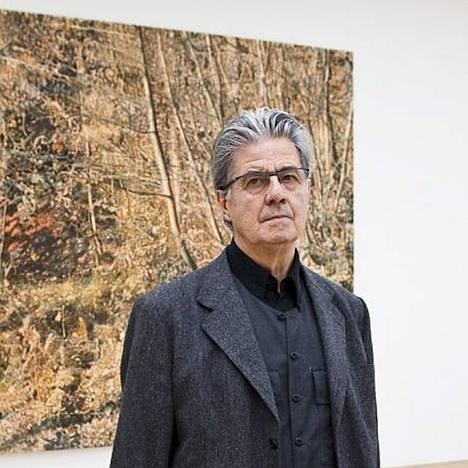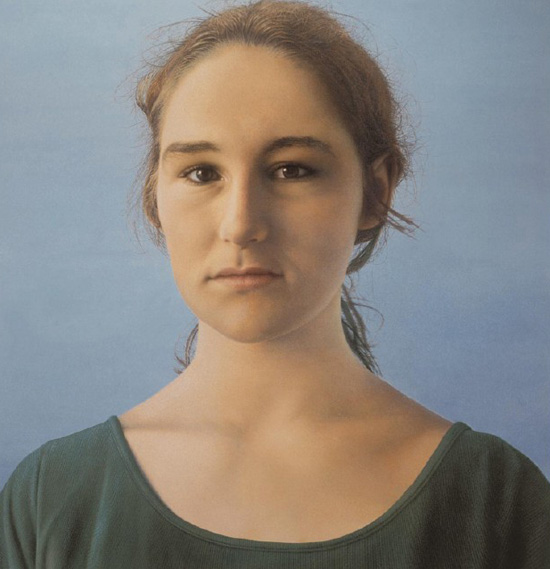|
Introduction of the artist:

Franz GERTSCH (Switzerland)
Born in 1930, Morigen, Switzerland. Lives in Ruschegg, Switzerland. Selected
solo exhibitions: 2011 Franz Gertsch. Seasons. Works 1983 to 2011, Kunsthaus
Zurich/ 2006 Woodcuts, Ikon Gallery, Birmingham, UK / 2005 Franz Gertsch. The
Retrospective, museum franz gertsch and Kunstmuseum Bern / 2004 Franz Gertsch,
Gagosian Gallery, New York / Selected group exhibitions: 2008 Europop, Kunsthaus
Zurich/ 2008 Kunst nach 1970 aus der Albertina Museum, Albertina Museum, Vienne
/ 2007 The painting of Modern Life, Hayward, London / 2003 the 50th Venice
Biennale / 2002 L'immagine ritrovata, Museo Cantonale d'Arte, Lugano,
Switzerland / 2000 The memory of painting, Aargauer Kunsthau, Aarau, Switzerland
/ 1972 Documenta 5, Kassel, Germany.
Introduction of works:

Top of the sea, woodcut (2 plates), 144×125.5cm, 1990

Grass ‘Prospect’, woodcut (2 plates), 268×183cm each, 2007

Butterbur ‘Prospect’, woodcut (2 plates), 268×183cm each, 2005

Silvia I, egg tempera on unprimed cotton canvas, 290×280cm, 1998

Silvia III, Mixed technique (egg tempera and resin-oil paint) on unprimed
cotton canvas, 315×290cm, 2004
Swiss artist Franz Gertsch (b. 1930) makes paintings and woodcut prints. The
latter, large-scale and extremely fine in their execution, are characterised by
an extraordinarily meditative quality, a kind of everyday classicism that
encourages a slower, deeper apprehension of the visual world. They assert the
importance of process whereby a message is embodied in the medium itself. The
viewer is engaged by sheer concentration, applied both to the subject and the
object of the artist’s practice.
Gertsch’s earlier works often depicted figures in the street and in various
interiors. The later woodcuts, like the later paintings, differentiate instead
between human subjects, figures depicted in isolation, and unpopulated bits of
landscape. These are relatively unremarkable corners of the natural world, and
yet through the care with which they have been rendered, we understand that they
are worthy of intense scrutiny.
There is a Zen-like meditation suggested by Gertsch’s style. The landscapes,
especially the images of blades of grass and wildflowers, are reminiscent of
countless images of the same subjects by Japanese and Chinese masters. Images of
water are articulated by a rippling surface, simply, wonderfully, tracing the
effects of wind and light. The traditional medium of woodcut is particularly
appropriate for Gertsch, given the nature of his subjects, archetypal somehow
and yet very particular. His technique, involving a choice of different woods
for different subjects, handmade pigments, and a Japanese paper made from
mulberry and linen fibre, could not be more exacting and in tune with the
essentialism he espouses.
| 
